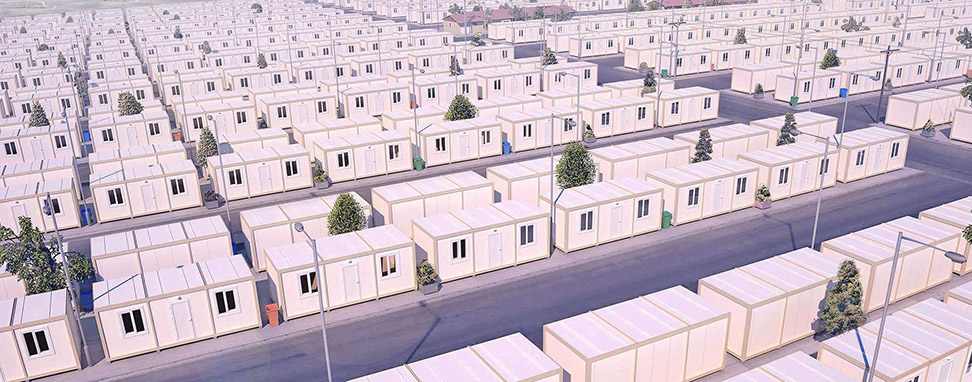Steel structure buildings have emerged as a popular choice for construction owing to their durability, strength, and aesthetic appeal. The use of steel in construction has revolutionized the building industry and has allowed for the creation of versatile structures that can withstand natural disasters and harsh environmental conditions. Steel structures have been applied in various forms, ranging from industrial complexes, skyscrapers, to residential homes. In this article, we will explore the safety aspects associated with steel structure buildings and why they are a reliable choice for modern construction.
The first advantage of steel structures is their strength and durability. Steel is a strong, durable, and long-lasting material that can withstand high pressure, impacts, and bending forces. Steel structures can support large loads and can span long distances, making them ideal for buildings with large floor areas. Steel structures are also suitable for buildings located in areas prone to natural disasters like earthquakes, hurricanes, and floods. Steel buildings can resist the forces exerted by these disasters and protect the occupants from harm.
Secondly, steel structures are a safe choice for building modern structures as they are fire-resistant. Steel does not ignite, burn, or release toxic fumes, making them a safer option compared to traditional building materials like wood, which are highly flammable. Steel structures, when properly insulated, can keep the fire from spreading, which reduces the risk of loss of life and property.

Thirdly, steel structures can minimize the environmental impact of construction. Steel is recyclable, and reclaimed steel accounts for a significant percentage of new structures. The use of reclaimed steel reduces the carbon footprint associated with construction, making it an eco-friendly building choice. Additionally, steel structures require less maintenance compared to traditional building materials, which further reduces their environmental impact.
Steel structures are also energy-efficient, which makes them a sustainable choice. They can be designed to be well-insulated, which reduces the energy consumption required for heating and cooling. The insulation properties of steel buildings make them an ideal choice for tropical or arid regions. They can also be designed with natural ventilation and lighting systems, reducing the need for artificial lighting and air conditioning.
Another advantage of steel structures is the versatility in design. Steel structures can be used to create buildings of different shapes and sizes. The use of steel in construction allows for longer spans without the need for extra supports, making it possible to create buildings with large open spaces. Steel structures can also be prefabricated, reducing the time and cost of construction.
Lastly, steel structures are durable and require minimal maintenance. Unlike traditional building materials, steel is resistant to rot, mold, and insect infestation. Steel structures do not require frequent repairs, replacements, or painting, which reduces their maintenance costs and ensures that they remain safe and secure.
In conclusion, steel structures have become a popular choice for modern construction, owing to their strength, durability, and safety. Steel structures can withstand natural disasters, are fire-resistant, energy-efficient, eco-friendly, and versatile in design. They require minimal maintenance and provide a long-lasting solution for building needs. Steel structures are a reliable choice for construction and offer a safe, secure, and sustainable future for buildings.








